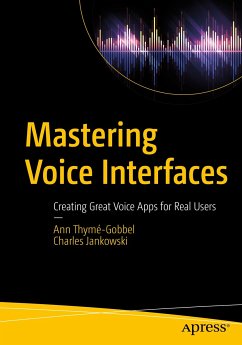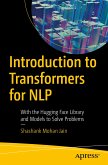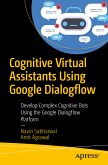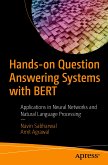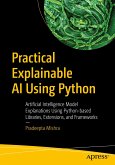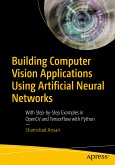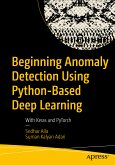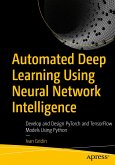We live in a golden age of voice technology. Advances in automatic speech recognition (ASR), natural language processing (NLP) and other technologies have made it extremely viable for people to be talking to machines and getting reasonable answers. Platforms like Amazon Alexa and Google Home, and the associated tools, have made it so anyone can build a voice app, and this is excellent. What we have seen though is that it's fairly easy to build a voice app, but still remarkably difficult to build a great app, one that gets the user what they need, and hopefully the user comes back for more.
In Mastering Voice Interfaces we want to show you how to build great voice apps. We start with the basics of voice interfaces, and how they are different from others, then dive into basic design principles that we've learned in many years building these apps in the industry. As we cover a design principle, we'll also demonstrate how to implement it with one of the established voice platforms (Google Home), and show how, though the tools are great, you don't have to go too far to have to do some custom work to get what you really want. We'll walk through many design and development techniques that some would view as advanced, but that can make a huge difference in the quality of the app.
Readers of Mastering Voice Interfaces will come away with a very good understanding of what makes voice interfaces so special, learn the basic design principles are for building great voice apps, and how to actually implement those principles and create working apps.
What you will learn:
- What makes voice special and different from other input and output modalities, and why that matters.
- What the best practices for the various components of the voice-first creation process
- What are the consequences of design and implementation choices
- How to create truly great voice apps that users will love
Who this book is for
We expect readers to have had some exposure to voice apps, at least as users. The book is written for anyone who wants a deeper understanding of the how's and why's of voice interface design and development. For team of developers, designers, product owners who need a shared understanding of voice interfaces.
Dieser Download kann aus rechtlichen Gründen nur mit Rechnungsadresse in A, B, BG, CY, CZ, D, DK, EW, E, FIN, F, GR, HR, H, IRL, I, LT, L, LR, M, NL, PL, P, R, S, SLO, SK ausgeliefert werden.
Es gelten unsere Allgemeinen Geschäftsbedingungen: www.buecher.de/agb
Impressum
www.buecher.de ist ein Internetauftritt der buecher.de internetstores GmbH
Geschäftsführung: Monica Sawhney | Roland Kölbl | Günter Hilger
Sitz der Gesellschaft: Batheyer Straße 115 - 117, 58099 Hagen
Postanschrift: Bürgermeister-Wegele-Str. 12, 86167 Augsburg
Amtsgericht Hagen HRB 13257
Steuernummer: 321/5800/1497
USt-IdNr: DE450055826
Bitte wählen Sie Ihr Anliegen aus.
Rechnungen
Retourenschein anfordern
Bestellstatus
Storno

